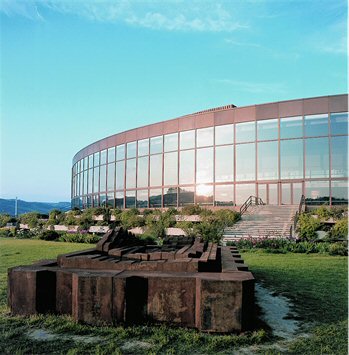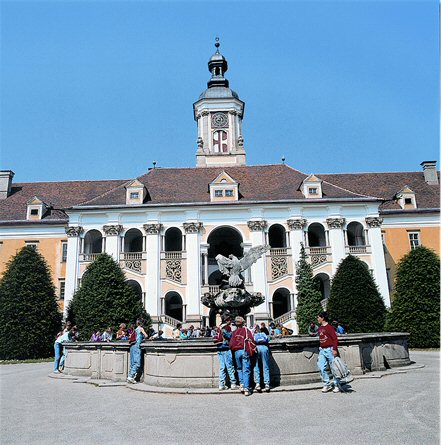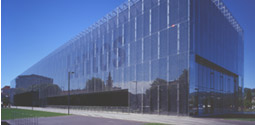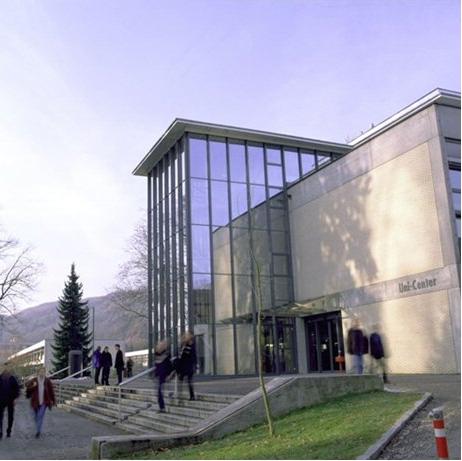|
19th IEEE |
|||||
|
Automated Software Engineering |
|||||
Thursday, September 23, 2004 at Monastery St. Florian
Organ Concert (Robert Kovács, Bruckner Organ)
|
|
Concert
Program Nikolaus Bruhns (1665-1697) Johann Sebastian Bach (1685-1750) Franz Liszt (1811-1886) Anton
Bruckner (1824-1896) Léon Boëllmann (1862-1897) |
The sonorous sound of the Bruckner Organ derives from the 4 manuals, 103 sounding organ-stops and 7343 pipes built 1770 to 1774 by Franz X. Chrismann from Ljubljana/Slovenia. The Collegiate Church with its magnificent organ greatly influenced the life and work of the famous composer Anton Bruckner. Listen to a sample (mp3).
Florianer Tanzlgeiga (String Quartet) -- "Tanzn, Singa, Springa, Zualosn"
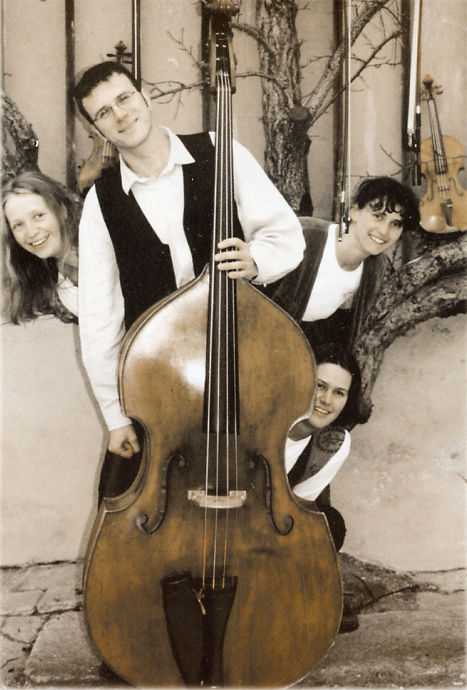 |
Three violins and and a contrabass --
experience Walzes, Polkas, Landler, Zwiefache, and other examples of Austrian
folk music. The ensemble will perform at the Cocktail Party and at the Conference Dinner. Since the 18th century the formation of the "Linzer Geiger" has consisted of two violins and a doublebass. These groups from Upper Austria played traditional folkmusic -- Landler, Waltzes, Polkas, Zwiefache -- not only in their region, but also in Vienna, where later composers like Johann Strauß developed the "Wiener Walzer". The Florianer Tanzlgeiga added a third violin, which supports the doublebass in its rhythmical and harmonic function, while the two other violins play the melodic parts. |
